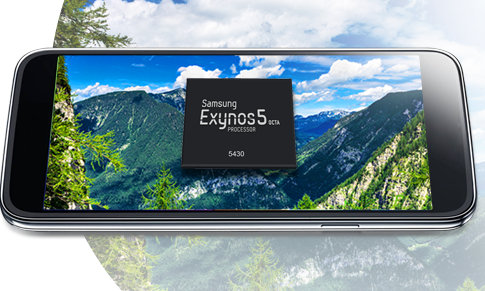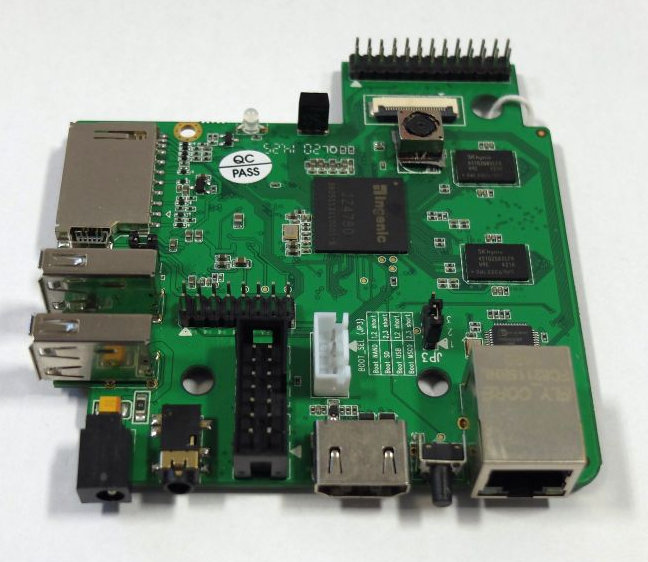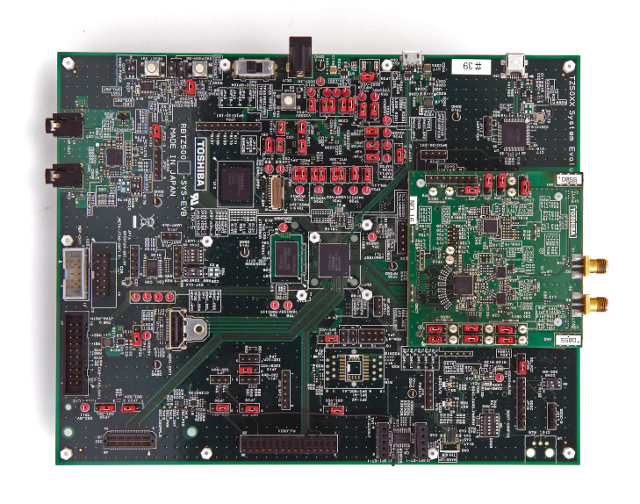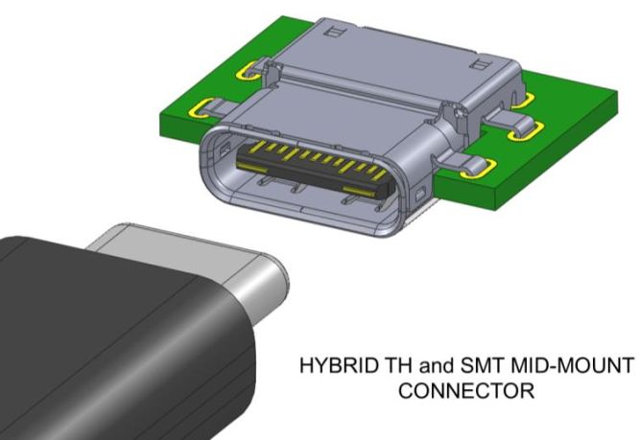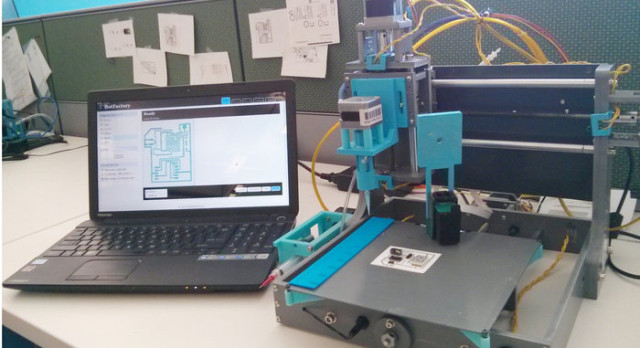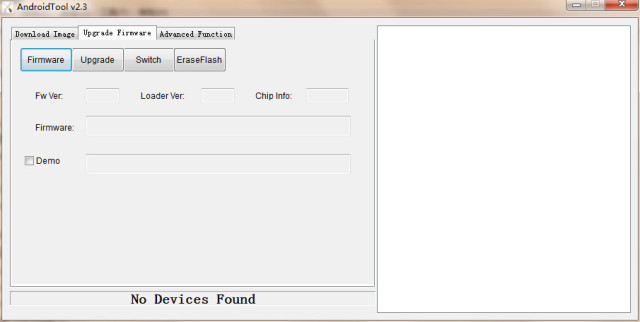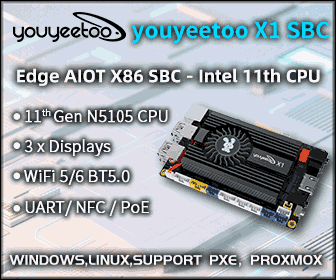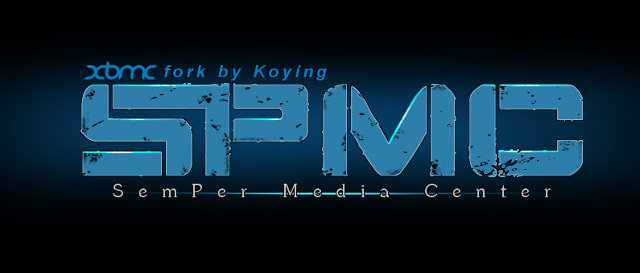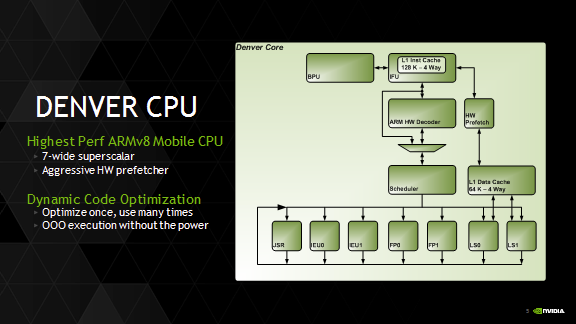Samsung already have a few octa-core big.LITTLE SoCs part of Exynos 5 Octa family with Exynos 5410, Exynos 5420, and Exynos 5422/5800, all based on 28nm process. The company has just announced a new Exynos 5 Octa processors with Exynos 5430, but this time manufactured using 20nm High-K Metal Gate (HKMG) process technology providing 25% less power consumption compared to 28nm Exynos SoCs. Exynos 5430 SoC will feature four ARM Cortex A15 cores at 1.8 GHz, four Cortex A7 cores at 1.3 GHz, supports WQHD (2560×1440) and WQXGA (2560 x 1600) displays using hibernation display and Mobile Image compression (MIC) in order to lower power consumption. It also said to support HDMI, come with a Multi Format Codec (MFC) supporting HEVC/H.265 decoding, as well as an enhanced dual ISP, and up to 17GB/s of memory bandwidth. That’s about all the information I could get at this point. The CPU core […]
MIPS Creator CI20 Development Board Powered by Ingenic JZ4780 SoC
There are plenty of ARM based development boards running Linux and Android, but with MIPS it’s a different story. Microchip does have some affordable development board powered by their MIPS MCUs, but these don’t have the hardware specs to run Linux based operating systems, and Ingenic Newton Platform for wearables can run Android and Linux, but it appears to be reversed to companies with virtual no documentation. There are some MIPS platform running OpenWRT on hardware such as routers or Wi-Fi boards, but these can’t be considered fully supported development boards. But Imagination Technologies is trying to make MIPS more relevant, first by launching Prpl developers’ community, and MIPS Creator CI20 development board powered by Ingenic JZ4780 dual core MIPS32 (Xburst) core processor with PowerVR SGX540 GPU should soon be available with complete documentation and source code. Let’s go through the hardware specifications first: SoC – Ingenic JZ4780 dual core […]
Toshiba TZ5000 ApP Lite Media Player Development Kits Run Android 4.4 and Ubuntu Linux
Toshiba has recently announced two development kits powered by their TZ5000 ApP Lite SoC featuring two ARM Cortex A9 cores, PowerVR SGX540 GPU, PowerVR VXD395 GPU, an optional 4GB MLC NAND, and Ensigma C4500 Wi-Fi baseband engine into a single chip solution that targets Over-The-Top (OTT) tuners and IP media boxes, wearable devices, digital signage, thin clients, and more. The first development kit, RBTZ5000-6MA-A1, is a full size board that supports Ubuntu, the other one, RBTZ5000-6MA-A1, is an HDMI stick form factor board running Android 4.4. Toshiba RBTZ5000-2MA-A1 Board (Ubuntu) RBTZ5000-2MA-A1 Starter Kit specifications: SoC – Toshiba TZ5011XBG dual core Cortex A9 processor @ 1.0 GHz with PowerVR VPU and GPU, and Ensigma C4500 Wi-Fi baseband engine System Memory – DDR3L-1600 Storage – 8GB eMMC (external) + MicroSDXC Connectivity – Wi-Fi 802.11a/b/g/n/ac 2×2 MIMO (via Ensigma C4500), Bluetooth 4.0. Ethernet is available via a daughter board connected to ADB. USB […]
USB Type-C Reversible Connectors Specifications Published
We now have all sorts of USB receptacles and connectors, but this is supposed to eventually change thanks to type-C connectors, which are small and robust enough to be used in laptop, computer, smartphones, and other type of devices, and will replace the USB type A, micro and mini USB ports. Type-C connectors will also be reversible, so there won’t be a way to insert the cable upside down. The USB 3.0 Promoter Group has just announced the completion of the USB Type-C specification, and transferred it to the USB Implementers Forum (USB-IF) for ongoing management and the establishment of a compliance and certification program. Key features of Type C specifications include: Entirely new design Tailored for emerging product designs Robust enough for laptops and tablets; slim enough for mobile phones Similar to size of USB 2.0 Micro-B Usability enhancements – Reversible plug orientation and cable direction Supports scalable power charging […]
BotFactory’s Squink Prints and Assembles Electronic Circuits in Minutes (Crowdfunding)
When you design a circuit board, you first draw the schematics, then the PCB layout, and when you are happy with the result, output Gerber files, and send them to a company who will make a board for you. The last step usually takes a few days, and when you get it back the board may not work as expected, and you have to modify the PCB layout again, and request new boards, further delaying your project. Some students of NYU Polytechnic School of Engineering realized this issue, when only one out of eight teams managed to complete a EEG project on time mainly due to production delays as manufacturers took about 10 days to make and ship back the board. So some of them came together with one of their professor created BotFactory company and came up with Squink, a personal electronic factory, powered by the BeagleBone Black, that […]
How to Upgrade Firmware in Rockchip RK3288, RK3328, RK3399 Android TV Boxes
For some reasons, Rockchip is extremely fond of Windows based firmware tools, and instead of providing a simple SD card method, they’ve continued to use these awful tools to upgrade firmware for Rockchip RK3288, RK3328, RK3399 devices, and other Rockchip based TV boxes. I don’t mean to say these are useless, but they should not be used by end users, unless their device is bricked. Nevertheless, Rockchip has now release version 2.3 of their Android tools for Windows, and GeekBuying has published a guide showing how to do, which I’ll summarize below. Rockchip has also released an updated version for the Linux Upgrade Tool (upgrade_tool) v1.24 that allows you to do the update in Linux. [Update: The latest versions of DriverAssistant (Step 1) and AndroidTool (Step 2) can be found in Rockchip-Linux account in Github] The first thing to do is to make sure you’ve got the latest Rockchip USB […]
SPMC is a Fork of XBMC Available on Google Play Store, Amazon AppStore
XBMC 13, released a few months ago, is the first official release to support hardware video decoding on many ARM based Android devices. However, although both XBMC Android apks for ARM and x86 can be downloaded from xbmc.org, Team-XBMC have decided not to publish XBMC for Android on app stores such as Google Play, partially because video hardware decoding is not yet fully working on all popular Android SoC platforms and devices, but also because of the upcoming name change from XBMC to Kodi. Since the code is open source under GPLv2, anybody can build it, and somebody published XBMC on Android as a paid app, which would have been legal if they changed the name, but as they used XBMC trademark, it has been removed since then. Seeing this, Chris Browet (Koying), one of XBMC developer, decided to fork XBMC, apply some patches not yet approved in mainline XBMC, […]
More Technical Details & Benchmarks about Nvidia Tegra K1 “Denver” 64-bit ARM SoC
The 32-bit version of Nvidia Tegra K1 have generally received good reviews in terms of performance, especially GPU performance, and the company has also provided good developer’s documentation and Linux support, including open source drivers for the Kepler GPU (GK20A) found in the SoC. But as initially announced, Tegra K1 with also get a 64-bit ARM version codenamed “Denver”, and Nvidia provided more details at Hotchips conference. The 64-bit Tegra K1 will still feature a 192-core Kepler GPU, but replace the four ARM Cortex A15 cores found in the 32-bit version, by two ARMv8 “Project Denver” cores custom-designed by Nvidia. The multi-core performance of the dual core 64-bit Tegra K1 @ 2.5 GHz may end up being equivalent to the quad core 32-bit Tegra K1 @ 2.1 GHz, but the single core performance will be much better thanks to a a 7-way superscalar microarchitecture (vs 3-way for Cortex A15), as […]


